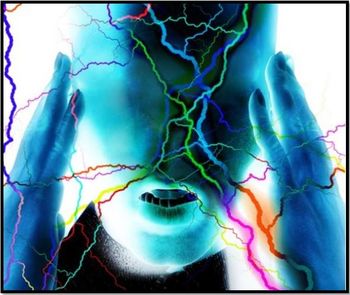
Ischemic Stroke More Prevalent in Migraineurs With Aura
The risk of ischemic stroke may be twice as high in patients who experience migraine with aura as in those who have migraine without aura, according to results of a systematic review and meta-analysis.
The risk of ischemic stroke may be twice as high in patients who experience migraine with aura as in those who have migraine without aura, according to results of a systematic review and meta-analysis led by Markus Schrks, MD, MSc, a neurologist in the division of preventive medicine, Brigham and Women’s Hospital, Boston.1 “Our purpose was to pool and analyze existing data to investigate the association between migraine and risk of stroke as well as other cardiovascular events,” said Schrks in a release. “We found that patients who experience migraine with aura have a two-fold increased risk for ischemic stroke, although we did not find any overall association between any migraine and myocardial infarction or death due to cardiovascular disease.”
His team identified studies published until January 2009, including case-control and cohort studies, that investigated migraine in association with cardiovascular disease (CVD) and stroke. Of these studies, 9 focused on the association between migraine and ischemic stroke. Migraineurs with aura were shown to have an increased risk of ischemic stroke, but the risk was not increased in those who have migraine without aura. Additional risk factors for ischemic stroke included age younger than 45, smoking, and use of oral contraceptives. A review of 8 studies on the association between migraine and myocardial infarction and 5 studies investigating migraine and death caused by CVD there was no association found between migraine and myocardial infarction or death from CVD.
“Beyond its pain and debilitating side effects, migraine holds real risk associated with other disorders, including stroke,” said Fred Sheftell, MD, president of the American Headache Society, in a release. “This meta-analysis further validates the disease burden that migraine sufferers must bear and dramatically underscores the need for more research in migraine diagnosis and management.”
Previous studies support Schrks’s results, showing that patients with migraine have an increased risk of ischemic stroke. Etminan and colleagues2 also conducted a meta-analysis through a review of studies on stroke in migraineurs, and risk factors for stroke included migraine with aura, migraine without aura, and oral contraceptive use. The risk of stroke in patients with migraine who were using oral contraceptives was shown to be very high.
References:
References
1. Schürks M, Rist PM, Bigal ME, et al. Migraine and cardiovascular disease: a systematic review and meta-analysis. Presented at: the International Headache Conference; September 9-13, 2009; Philadelphia.
2. Etminan M, Takkouche B, Isorna FC, Samii A. Risk of ischaemic stroke in peoplewith migraine: systematic review and meta-analysis of observational studies [published corrections appear in BMJ. 2005;330:345 and BMJ. 2005;330:596]. BMJ. 2005;330:63.
Newsletter
Enhance your clinical practice with the Patient Care newsletter, offering the latest evidence-based guidelines, diagnostic insights, and treatment strategies for primary care physicians.































































































































































































































































































































